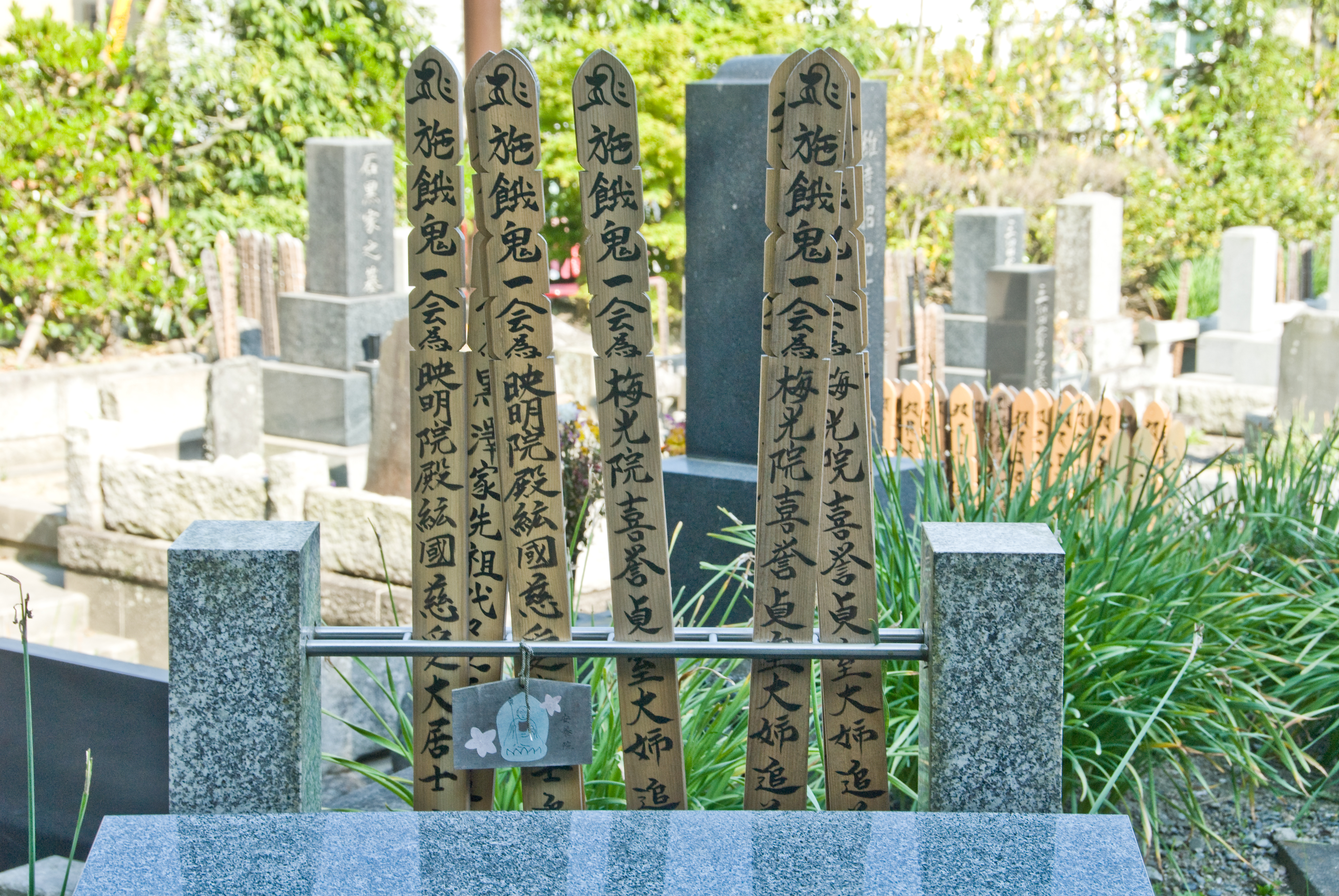An'yō-in (Kamakura) on:
[Wikipedia]
[Google]
[Amazon]
is a Jōdo shū Buddhist temple in Kamakura,
 The great Chinese black pine in the garden is over 700 years old. Behind the temple there are two ''
The great Chinese black pine in the garden is over 700 years old. Behind the temple there are two ''
Anyoin
* Article "An'yō-in", Japanese Wikipedia, accessed in April 2008
{{DEFAULTSORT:An'yo-in (Kamakura) Buddhist temples in Kamakura, Kanagawa Pure Land temples
Kanagawa
is a prefecture of Japan located in the Kantō region of Honshu. Kanagawa Prefecture is the second-most populous prefecture of Japan at 9,221,129 (1 April 2022) and third-densest at . Its geographic area of makes it fifth-smallest. Kanagaw ...
, Japan. Famous for its rhododendrons
''Rhododendron'' (; from Ancient Greek ''rhódon'' "rose" and ''déndron'' "tree") is a very large genus of about 1,024 species of woody plants in the heath family (Ericaceae). They can be either evergreen or deciduous. Most species are nati ...
, it was named after its founder's (great historical figure Hōjō Masako
was a Japanese politician who exercised significant power in the early years of the Kamakura period, which was reflected by her contemporary sobriquet of the "nun shogun". She was the wife of Minamoto no Yoritomo, and mother of Minamoto no Yo ...
) posthumous name
A posthumous name is an honorary name given mostly to the notable dead in East Asian culture. It is predominantly practiced in East Asian countries such as China, Korea, Vietnam, Japan, and Thailand. Reflecting on the person's accomplishments ...
. The main object of worship is Amida Nyorai,Japanese Wikipedia but it also enshrines Senju Kannon
Guanyin () is a Bodhisattva associated with compassion. She is the East Asian representation of Avalokiteśvara ( sa, अवलोकितेश्वर) and has been adopted by other Eastern religions, including Chinese folk religion. She w ...
, Goddess of Mercy. An’yō-in is Number three of the 33 temples of the Bandō Sanjūsankasho
The ("The Bandō 33 Kannon Pilgrimage") is a series of 33 Buddhist temples in Eastern Japan sacred to Goddess Kannon. Bandō is the old name for what is now the Kantō region,Donald Richie used in this case because the temples are all in the Pref ...
pilgrimage circuit.
History
This temple has a complex history and is the result of the fusion of three separate temples called Chōraku-ji, Zendō-ji and Tashiro-ji. It was first opened in 1225 as Chōraku-ji in Hase Sasamegayatsu by Hōjō Masako for her defunct husbandMinamoto no Yoritomo
was the founder and the first shogun of the Kamakura shogunate of Japan, ruling from 1192 until 1199.Nussbaum, Louis-Frédéric. (2005). "Minamoto no Yoriie" in . He was the husband of Hōjō Masako who acted as regent (''shikken'') after his ...
, founder of the Kamakura shogunate
The was the feudal military government of Japan during the Kamakura period from 1185 to 1333. Nussbaum, Louis-Frédéric. (2005)"''Kamakura-jidai''"in ''Japan Encyclopedia'', p. 459.
The Kamakura shogunate was established by Minamoto no ...
.An'yō-in At the time it was a Ritsu sect temple. After being burned to the ground by Nitta Yoshisada
was a samurai lord of the Nanboku-chō period Japan. He was the head of the Nitta clan in the early fourteenth century, and supported the Southern Court of Emperor Go-Daigo in the Nanboku-chō period. He famously marched on Kamakura, besieging ...
's soldiery in 1333 at the fall of the Kamakura shogunate
The was the feudal military government of Japan during the Kamakura period from 1185 to 1333. Nussbaum, Louis-Frédéric. (2005)"''Kamakura-jidai''"in ''Japan Encyclopedia'', p. 459.
The Kamakura shogunate was established by Minamoto no ...
, it was fused with Zendō-ji, moved to this spot and renamed, but it burned again in 1680. It was then once more rebuilt and a Senju Kannon (Thousand-armed Goddess of Mercy) was transferred to it from Tashiro-ji in Hikigayatsu.
Points of interest
 The great Chinese black pine in the garden is over 700 years old. Behind the temple there are two ''
The great Chinese black pine in the garden is over 700 years old. Behind the temple there are two ''hōkyōintō
A is a Japanese pagoda, so called because it originally contained the .Iwanami Kōjien Japanese dictionary A Chinese variant of the Indian stūpa, it was originally conceived as a cenotaph of the King of Wuyue – Qian Liu.
Structure and func ...
''. The smallest is one of Masako's possible graves. The other is the oldest ''hōkyōintō'' in Kamakura and a nationally designated Important Cultural Property. In the temple's small cemetery down the alley in front of the temple's gate rests famous film director Akira Kurosawa
was a Japanese filmmaker and painter who directed thirty films in a career spanning over five decades. He is widely regarded as one of the most important and influential filmmakers in the history of cinema. Kurosawa displayed a bold, dyna ...
.Ozu Yasujiro
See also
* For an explanation of terms concerning Japanese Buddhism, Japanese Buddhist art, and Japanese Buddhist temple architecture, see theGlossary of Japanese Buddhism
This is the glossary of Japanese Buddhism, including major terms the casual (or brand-new) reader might find useful in understanding articles on the subject. Words followed by an asterisk (*) are illustrated by an image in one of the photo galle ...
.
Notes
References
Anyoin
* Article "An'yō-in", Japanese Wikipedia, accessed in April 2008
{{DEFAULTSORT:An'yo-in (Kamakura) Buddhist temples in Kamakura, Kanagawa Pure Land temples